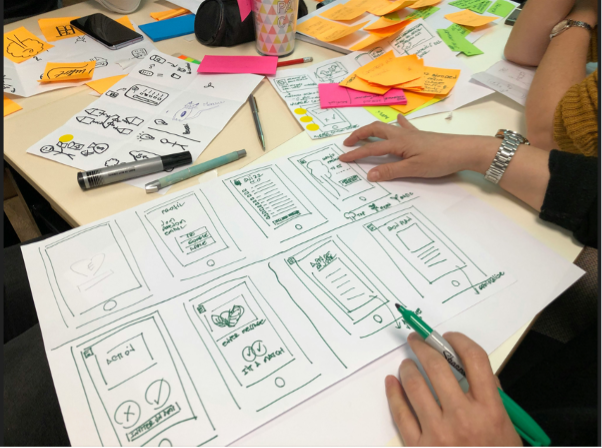User experience (UX) designers are known to use progressive disclosure to guide users through a series of steps. The UILand team urges UI designers to apply this approach to prioritize various elements of the user interface, excluding features that may be overkill for a smooth experience.
In modern UI design, a preferable approach is to sequence features and flows to make the experience feel less overwhelming. For instance, a typical app onboarding flow requests information about the user — their name, contact information, role, industry, and their interests in using the product.
Why Progressive Disclosure Works
Asking for all of this information at once presents one big challenge: a screen showing a lengthy and intimidating form. The likelihood of users quitting the app at this stage is rather high — something UILand aims to help you avoid.
By deferring advanced information and features to secondary UI components, progressive disclosure helps prevent losing users along the way. It gives users a way to orient themselves, letting them know where they are and how many steps they have left.
Designers can retain essential content in the primary user interface and provide advanced content as the user requests it. This improves website or app usability for both novice and experienced users.
Applying Progressive Disclosure in Complex Interfaces
When using progressive disclosure in complex interfaces, Vitaly Friedman of the European Parliament likens it to walking into a room with many doors, all leading to different destinations.
This is where design thinking becomes important. By empathizing, defining, ideating, prototyping, and testing in a non-linear and cyclical manner, designers can build flows that ultimately help users rather than confuse them.
Progressive Disclosure UI Patterns
Designers are welcome to use many UI patterns available on UILand to implement progressive disclosure in their products. Here are some possibilities:
Modals and Pop-up Windows
Have modal and pop-up windows open in front of the main user interface to provide extra functionality. A familiar example is Microsoft Word, which offers a modal window for advanced paragraphing options.
Accordions
Some websites cleverly use accordions to expand and collapse content sections, FAQs, forms, and navigation menus. By toggling information with a click or touch, the app optimizes space and minimizes visual clutter.
Tabs
Tabs split content across multiple panel displays. Users can switch between panels as needed, as seen in tools like Avid Pro Tools.
Carousels
Carousels display multiple items or features in a single space so users can browse them horizontally. Netflix is a neat example of this pattern in action.
Other Useful Patterns
Other applications of progressive disclosure include:
- Scrolling
- Collapsible menus and sidebars (for example, Asana)
- Toggles (such as in the Safari browser)
- Tooltips and popovers that reveal information on hover or focus (think Adobe Photoshop)
These patterns help reveal more detail only when the user needs it, keeping interfaces focused and approachable.
Conclusion
Efficient user interface design maximizes the flow of information for the user without overwhelming them. Progressive disclosure gives designers a powerful way to sequence complexity, reduce friction, and support both new and experienced users as they navigate modern web applications.
